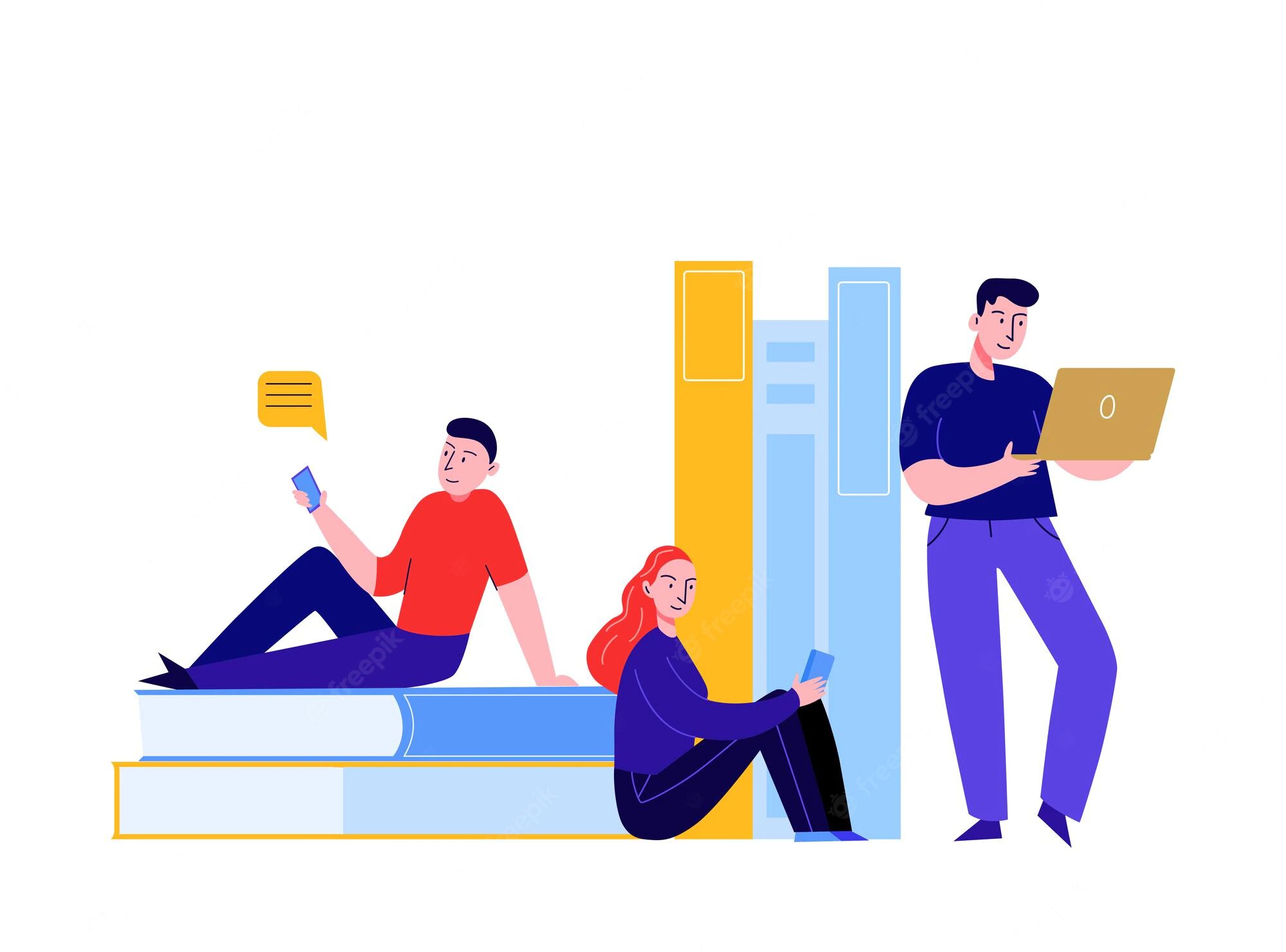The customer is king.
The management undoubtedly knows this saying by heart. As an employer, you have probably plastered this golden rule on the walls of your office. However, all efforts will just go in vain if the customers are not convinced that you indeed prioritize them.
This is precisely where a brisk, empathetic and articulate customer service team can make all the difference. A helpful and considerate retail staff armed with product knowledge can be indispensable when it comes to building customer loyalty. However pushy, rude and ignorant employees can send prospects out of the door and drive loyal clients away.
Not all employees will have gift of the gab or be well versed in product knowledge right off the bat. This doesn’t mean those competencies can’t be developed. Through proper training and guidance, your retail team can become more efficient at wowing clients!
However retail training has certain challenges. Care should be taken to meet them if you want to get the most out of upskilling and cross-skilling programs.
How to train a deskless staff?
Retail employees are expected to be on their toes throughout the day. The workspace of the customer service team is the sales floor. This means there is no easy way to train retail workers. In this case, modular training may be the best option. Given their myriad responsibilities, retail employees will not have the time for long, drawn-out training sessions. It will also be inhumane to expect them to listen to long videos in their downtime. Modular courses will come in small bite-sized modules and short (10-15 minutes) videos that can be completed in a short time while the employees are traveling. It should also be made mobile-friendly so that information can be accessed as per convenience.
Redundant and Excessively Long Content
Information overload is one of the major issues when it comes to training people. It takes time to absorb and process knowledge from long essays and videos. Lengthy content also bore the reader to death. The alternative is to introduce micro modules which can be completed within a short time. Moreover, care should be taken that the content is not too academic/instructor-focused. It should also be relevant to the learners’ job role and set of responsibilities. Employees are very likely to lose out enthusiasm midway if they feel that what they are learning is not related to their duties.
Employees can be assessed on their current level of product knowledge. Based on the results courses can be standardized.
Lack of Team Effort
Believe it or not, learning in isolation can be ineffective. If individual employees are expected to listen to lectures or watch endless videos in complete isolation, training may turn out to be ineffective. So trainers should try and make classes even remote ones more interactive. A spirit of healthy competition can also be created by allowing employees to see how they rank among their peers through leader boards.
Not Enough Training
The duration of classes should not be too long. However, Learning and Development managers should ensure that training takes place frequently throughout the year. Too little training can cause employees to forget what they have learned. According to the ‘Forgetting Curve’ theory (a brainchild of noted German psychologist Hermann Ebbinghaus), people forget about 50% of the information they have learnt the next day. Learning should be reinforced through periodical assessments and interactive doubt clearing videos.
Stagnancy
Stagnancy leads to irrelevancy. If the course is not aligned with the learner’s current duties and desired career trajectory, they will be less invested in learning. Training should not be presented just as a means to improve skill 9r knowledge gaps. Each employee should be made to understand how the course will be crucial for their career progression within the company. Then and only then they will develop a sense of ownership towards the training process.

